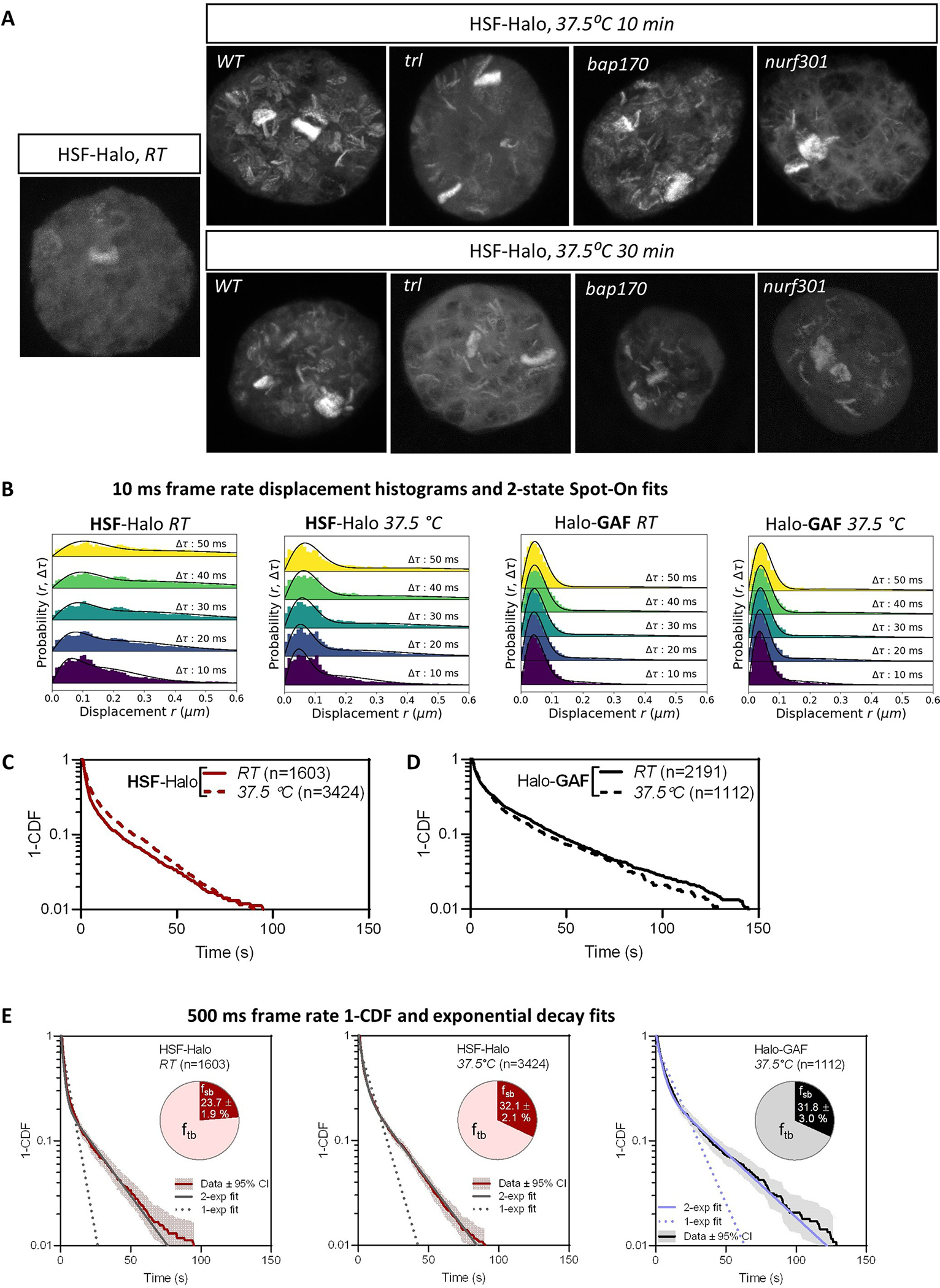Extended Data Fig. 7 |. HSF-Halo binding on polytene chromosomes and live-cell SPT at RT and HS conditions.

(A) Confocal images of HSF-Halo in fixed salivary glands. HSF-Halo is mostly nucleoplasmic at room temperature and binds to many loci after heat shock (HS) at 37.5 °C for 10 and 30 min. Maximum projections of confocal z-stacks are shown because major HSF bands are located in different focal planes. The pattern of HSF binding on heat shock is substantially reduced in trl and nurf301 mutants and partially affected in the bap170 mutant. Polytene loci showing little or no change of HSF binding in the trl mutant is consistent with findings that not all HS genes are GAF-dependent18. (These genes presumably require an analogous pioneer factor and attendant remodelers). See methods for genotypes of WT, trl, bap170 and nurf301. (B) Spot-On fits of fast-tracking data for HSF-Halo (RT, 37.5 °C) and Halo-GAF (37.5 °C, see Extended Data Fig. 1b for RT). (C) Survival-probability curves (1-CDF) from apparent dwell times of >1,000 single-molecule chromatin-binding events for HSF-Halo at RT and 37.5 °C. (D) Survival-probability curves (1-CDF) from apparent dwell times of >1,000 single-molecule chromatin-binding events for Halo-GAF at RT and 37.5 °C. (E) One-component and two-component exponential fit of survival probabilities (1-CDF) from slow tracking data (with 95% CI, confidence interval) for HSF-Halo (RT, 37.5 °C) and Halo-GAF (37.5 °C, see Extended Data Fig. 2d for ). Pie charts show the stable-binding and transient-binding fractions derived from two-component fits.
